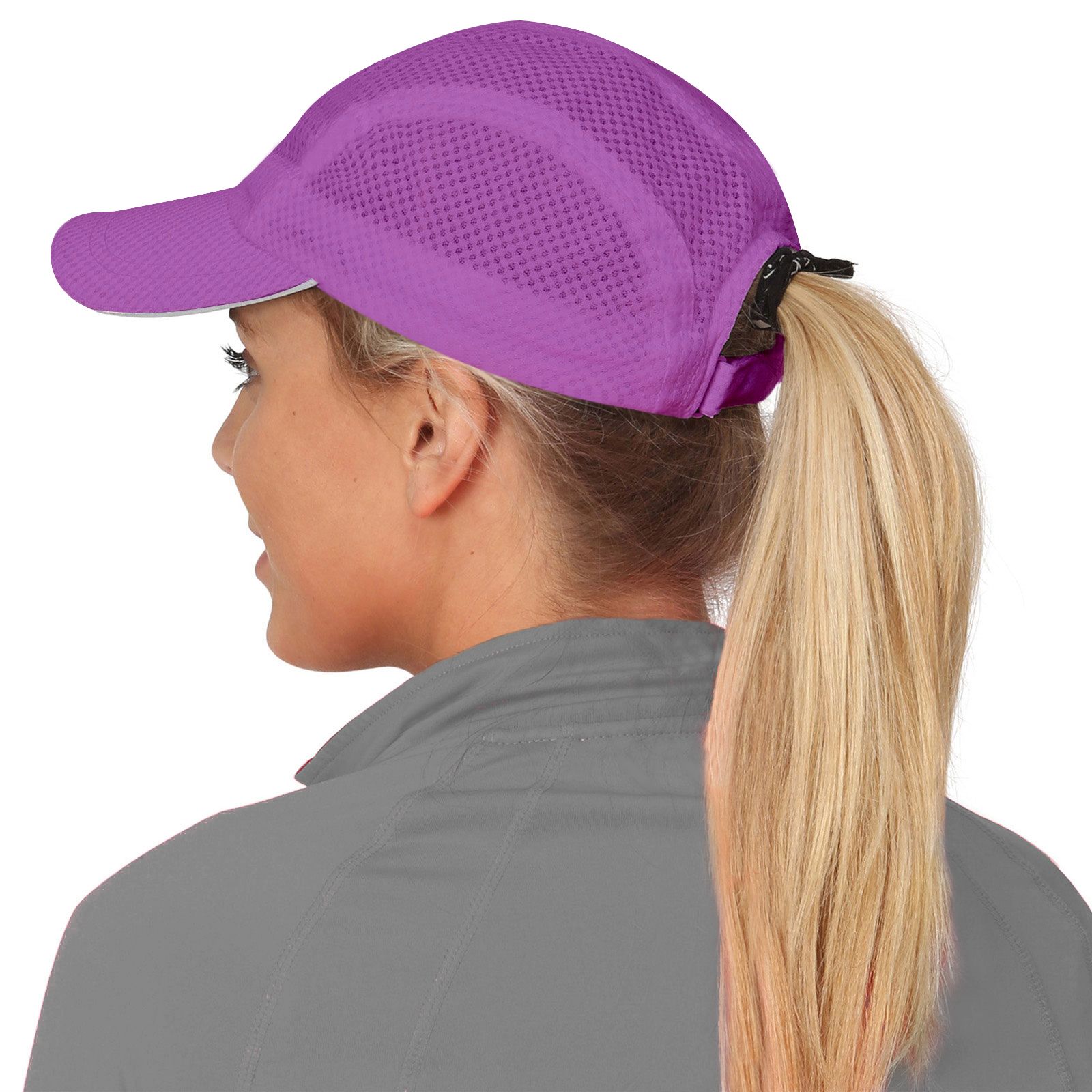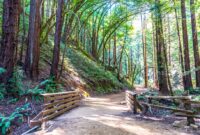Trailheads near me—a simple search phrase with immense potential. Whether you’re a seasoned hiker seeking challenging climbs or a casual walker looking for a peaceful stroll, finding the perfect trail often begins with this query. This exploration delves into the technology and user experience behind providing accurate and accessible trailhead information, ensuring everyone can easily discover their next outdoor adventure.
From understanding user intent and motivations to aggregating data from diverse sources, we’ll examine the key aspects of building a comprehensive and user-friendly “trailheads near me” system. This includes effective presentation of trail data, incorporating user reviews and ratings, and addressing accessibility concerns for all users.
Presenting Trailhead Information Effectively
Presenting trailhead information clearly and concisely is crucial for enhancing user experience and encouraging exploration. Effective presentation ensures users can quickly find the details they need to plan their outings, regardless of their familiarity with the area. A well-organized and visually appealing presentation will increase engagement and encourage more people to discover and enjoy local trails.
Trailhead Information in Table Format
A well-structured HTML table provides a clear and organized way to present key trailhead information. The table below uses responsive design principles to adapt to different screen sizes.
| Trailhead Name | Location | Difficulty | Length (miles) |
|---|---|---|---|
| Eagle Peak Trail | Mount Rainier National Park, WA | Strenuous | 7.2 |
| Lost Lake Trail | Olympic National Park, WA | Moderate | 4.8 |
| Tom, Dick, and Harry Mountain Trail | North Cascades National Park, WA | Difficult | 10.5 |
| Discovery Park Loop Trail | Seattle, WA | Easy | 2.8 |
Alternative Visual Representations of Trailhead Information
Bullet points offer a simple and easily digestible format for presenting trail information. For example, a list could include: trailhead name, distance, elevation gain, estimated hiking time, notable features (waterfalls, viewpoints), and any necessary permits or fees. This method is particularly useful for quick overviews.
Maps provide a powerful visual representation of trail locations and their relative proximity to each other. A map integrated with trail information overlays (showing difficulty levels, trail length, and points of interest) can greatly enhance user understanding and planning capabilities. Ideally, interactive maps allowing users to zoom and pan would be the most effective.
Organizing Trailhead Data for Improved User Experience
Organizing trailhead data logically improves the user experience. A hierarchical structure, categorizing trails by location (e.g., park, region), difficulty level, or length, allows users to quickly filter and find trails that meet their specific needs and preferences. Implementing search functionality with filtering options (difficulty, length, location, features) would further streamline the process. Adding user reviews and ratings also enhances the overall experience, allowing users to learn from others’ experiences.
Enhancing the User Experience
A positive user experience is crucial for the success of any trailhead information platform. By incorporating user feedback, intuitive search features, and high-quality visuals, we can significantly improve user satisfaction and encourage exploration of local trails. This section details methods for achieving this enhanced experience.
User Reviews and Ratings Integration
Integrating user reviews and ratings provides valuable social proof and helps potential hikers make informed decisions. A star rating system, alongside concise written reviews, allows users to quickly gauge the overall experience of a trail. For example, a trail with consistently high ratings and positive reviews about scenic views and well-maintained paths would be more appealing than one with mixed or negative feedback. The platform should allow users to filter results based on average rating, making it easy to find highly-rated trails. Additionally, prominently displaying the number of reviews alongside the rating provides context and credibility. This allows users to assess whether the rating reflects a broad consensus or is based on limited feedback.
Search Result Enhancement Features
Several features can enhance the usefulness of a “trailheads near me” search. Filtering options allow users to refine their search based on specific criteria. These filters could include difficulty level (easy, moderate, strenuous), trail length, elevation gain, type of trail (hiking, biking, equestrian), accessibility features (wheelchair accessible, stroller-friendly), and amenities available (parking, restrooms, water sources). Integrating a map is essential for visual navigation and location identification. The map should clearly display the location of each trailhead, its trail path (if available), points of interest along the trail, and potentially even real-time information such as trail closures or crowded areas.
Image Incorporation for Effective Trailhead Showcase
High-quality images are essential for showcasing the beauty and challenges of each trail. A wide variety of images should be included to give a comprehensive overview. For instance, a panoramic view showcasing the stunning vista from a mountain summit would be highly effective in attracting users. Conversely, an image depicting a steep, rocky incline would realistically portray the difficulty level of a strenuous trail. Close-up shots of unique flora or fauna encountered along the trail would add further appeal and provide additional information about the trail’s ecosystem. Images of trail markers, bridges, or other noteworthy features can also enhance the user’s understanding of the trail’s characteristics. Finally, including images depicting well-maintained parking areas or restroom facilities can alleviate concerns about practical aspects of the hike. All images should be high-resolution and appropriately tagged for accessibility purposes.
Epilogue
Ultimately, a successful “trailheads near me” solution hinges on providing accurate, accessible, and engaging information. By leveraging technology to aggregate data, enhance user experience, and prioritize accessibility, we can empower individuals to discover and enjoy the vast network of trails available to them, fostering a deeper connection with the natural world. The journey to the perfect trailhead begins with a simple search, and this exploration aims to make that journey easier and more rewarding for everyone.




